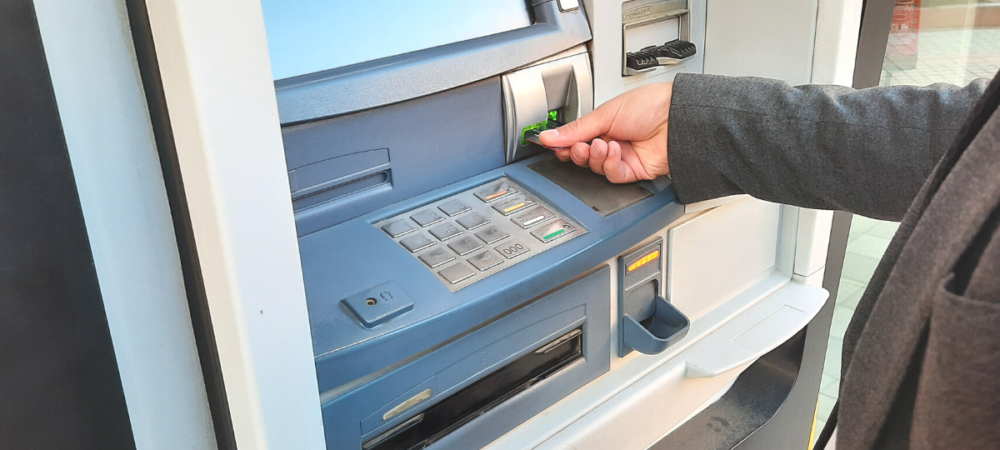According to a 2019 survey conducted by OnePoll for Ladder Life, the average American spends close to $1,500 each month on non-essential items. By the end of the year, that totals about $18,000! Breaking down the costs by month, Americans spend, on average, $20 for coffee, $109 on impulse buys, and nearly $178 on takeout and delivery. With credit cards, pay-later plans, and endless sales, it’s easier than ever to join the millions of people who end the year in a financial hole.
Luckily, building positive spending and saving habits isn’t too challenging. Yes, it takes some discipline, but by looking at some popular ways to curb overspending, you can get started on the right path today.
Carry Cash Instead of Your Credit Card
While credit cards have their place in the world, they also tend to enable bad spending habits. Although we often never mean for it to happen, overspending usually occurs when we feel like we have endless purchasing power. However, that feeling of limitless power is often gut-checked by the high credit cards bills backed by exorbitantly high interest rates.
Instead of carrying a credit card, carry cash or a debit card, and only bring the amount of cash you plan on spending for the errand or event. As you build better financial habits you may be able to put the card back in your wallet. Until then, make it impossible to overspend. It’s ok to use a debit card as a substitute for cash but be very disciplined about how you use it.
Make a Budget to Curb Impulse Purchases
People get scared of the ‘B’ word, but it really is the key to end overspending. Generally, the reason people aren’t big fans of making a budget is that it puts a spotlight on their bad habits. So set your ego aside, even though it might feel uncomfortable, and create a budget. When you know what you can and can’t afford, it helps curb impulse purchases you know are outside the lines.
Don’t Save Your Credit Card Info on Your Computer or Smartphone
Online shopping is where a lot of people struggle with overspending. With one-click purchasing, it’s the ultimate convenience. However, when purchasing is too convenient, it can quickly torpedo any work you’ve done to curb your spending.
Don’t keep payment sources anywhere near your computer and definitely don’t have them saved on your browser. In a world of Apple Pay and Google Pay, it’s easier than ever to buy what you want when you want it. The extra time it takes to get your wallet can sometimes be long enough to make you realize the purchase isn’t worth it.
Track Your Purchases
A lot of people who overspend don’t realize they’re doing it until long after the credit card bill shows up. If you set up a way to track your purchases in real-time, you might catch spending “mistakes” and see where your money is going.
This can be as simple as keeping a little notebook and pen in your pocket or taking notes on your phone. When you realize you’re pulling your notebook out pretty frequently, you may get the motivation to make a change. There are also apps that can track your purchases in real-time and provide mobile notifications to help you stay aware of your spending.
Why It Matters
Ultimately, reducing overspending is about setting you up for financial success. Not only can it prevent you from going into debt, it gives you the financial flexibility to do things to get ahead, like invest in your future, prepare for retirement, and become debt-free. With only a few simple, repeatable steps, you can tone down your spending habits and do amazing things for you and your family.
